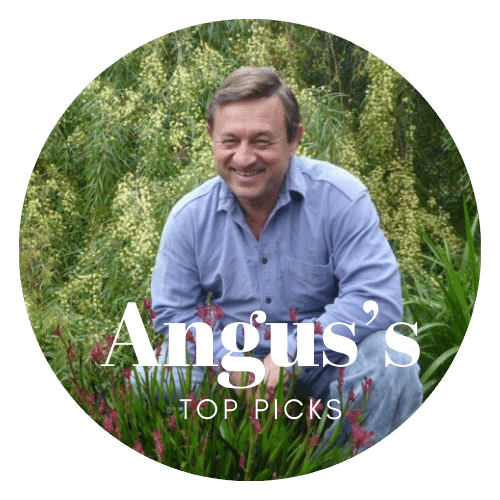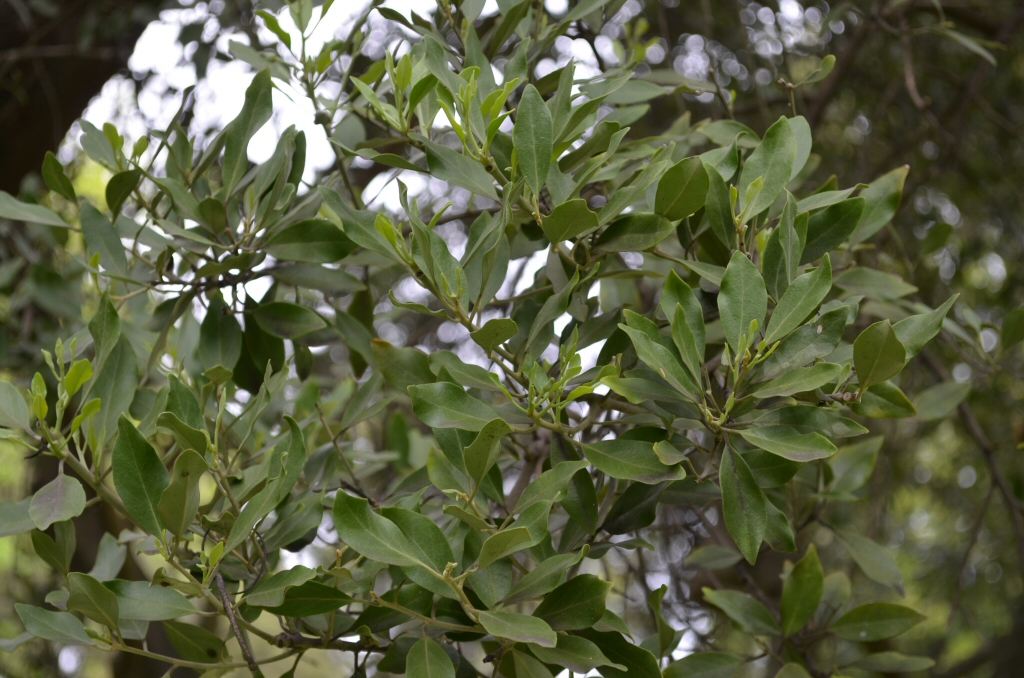A small tree from Western New South Wales, it is a good bush tucker plant. It grows to around six to eight metres high, and likes a sandy to clay loam soil with very good drainage in a sunny spot. Related to capers, it has large fluffy white to cream flowers followed by green fruit. When the fruit ripens, the skin goes a dull purple to orange colour. The flesh becomes yellow to orange and soft, with a fragrant smell. It is eaten raw, or used in cooking, and is high in Vitamin C. The seeds are peppery, so are usually discarded. The plant is slow growing, thorny, and has dull grey green leaves and dark furrowed bark. Drought and frost tolerant, but doesn’t like humidity.
Note– due to the thorns, this plant should not be used where it could cause harm


